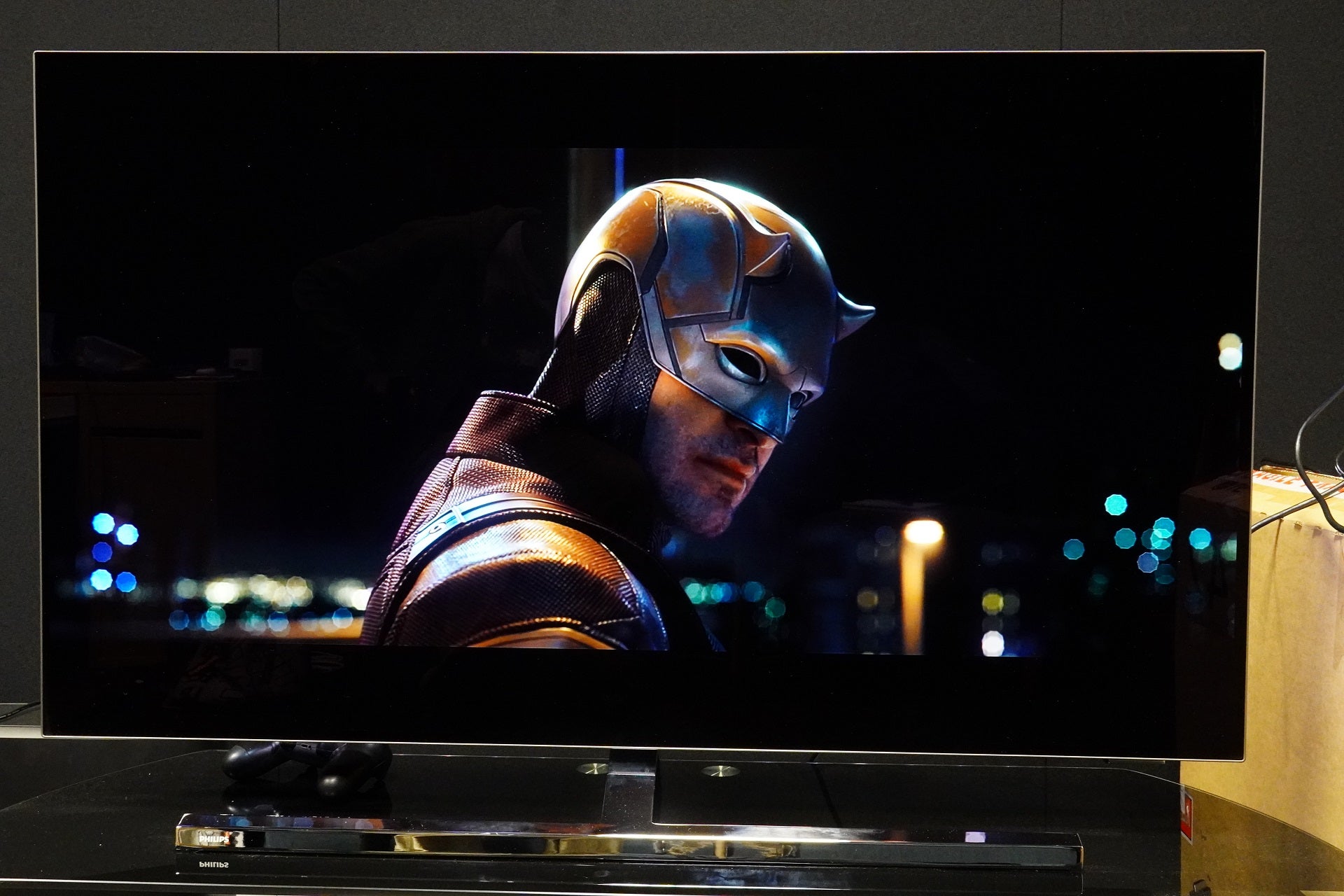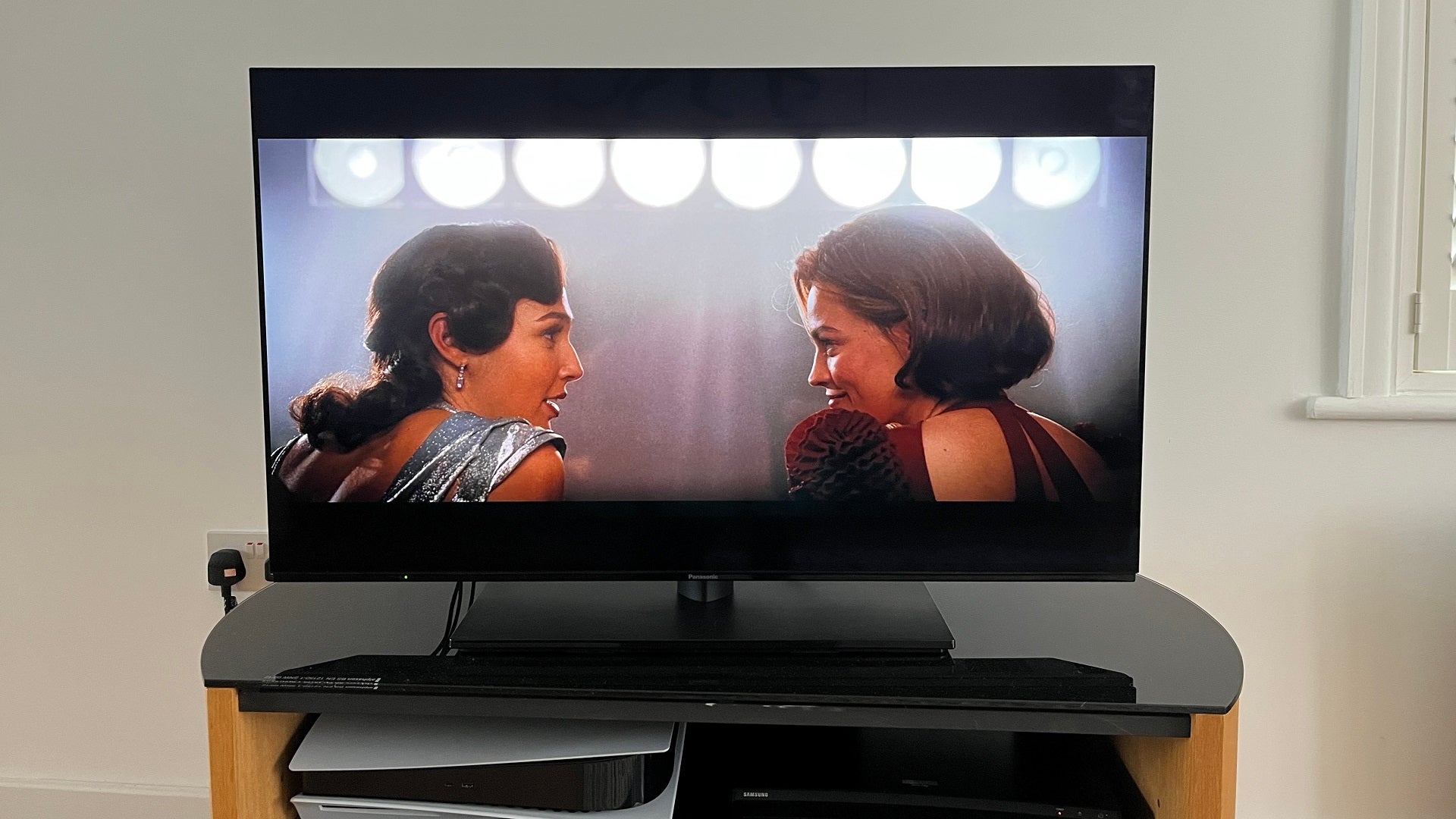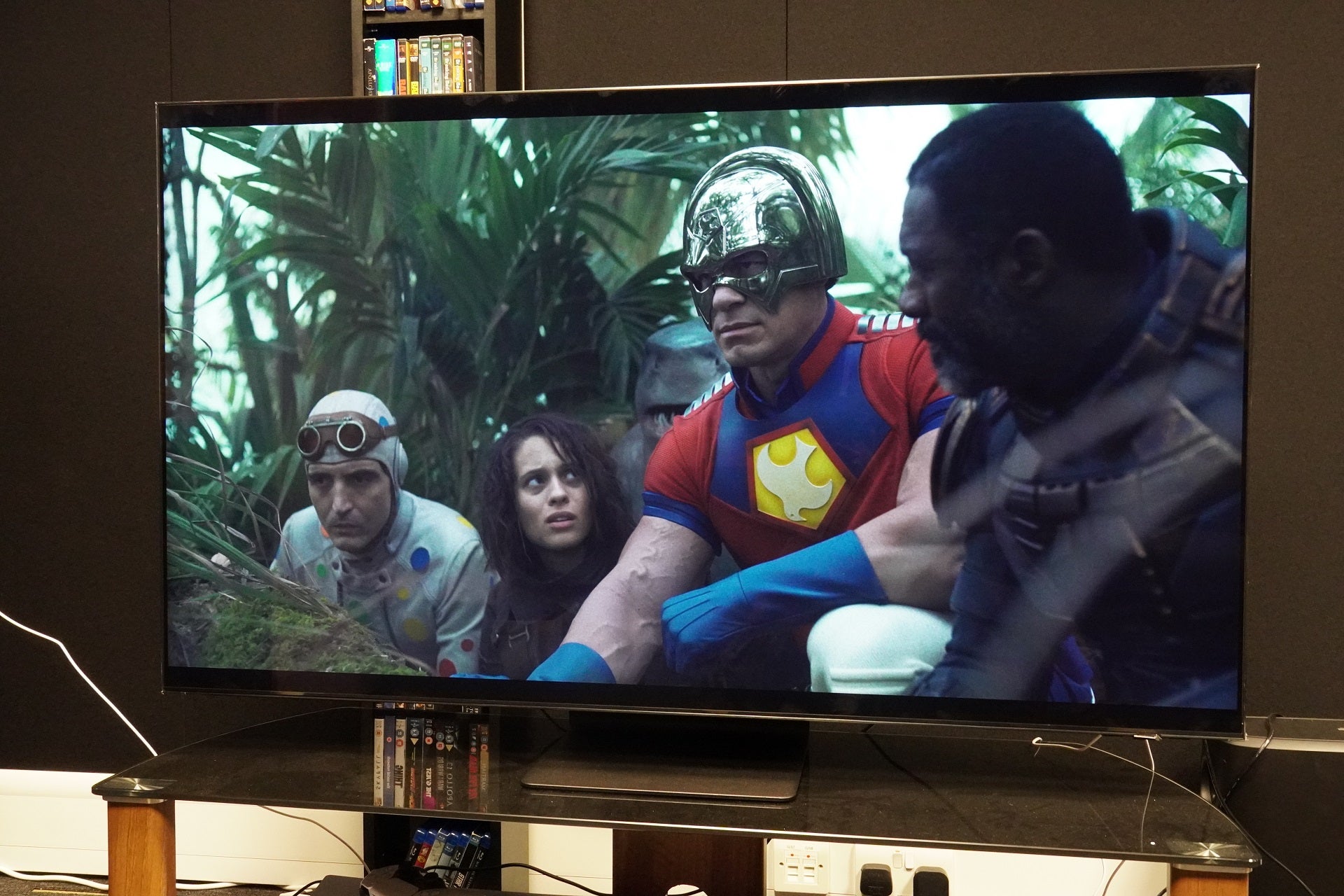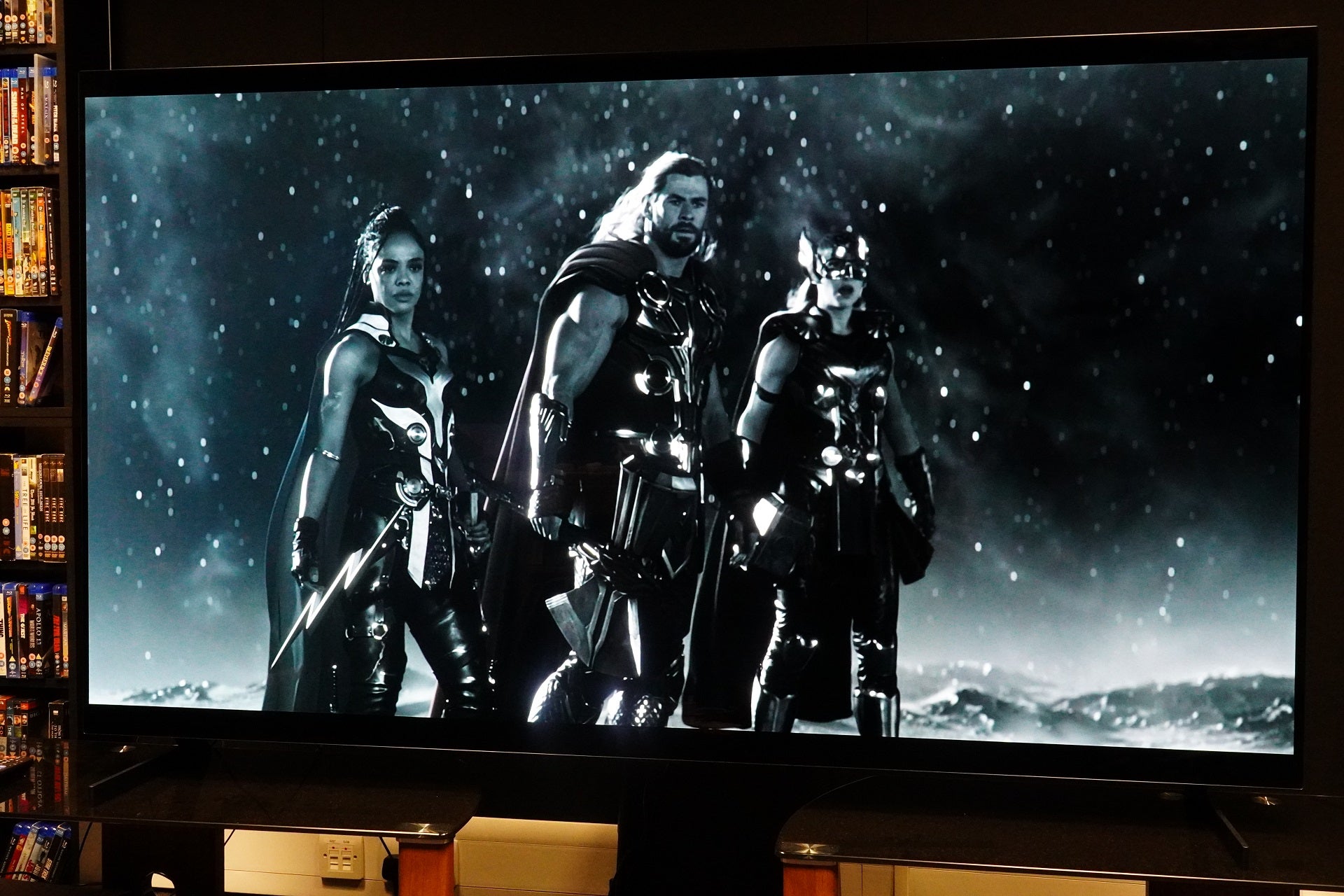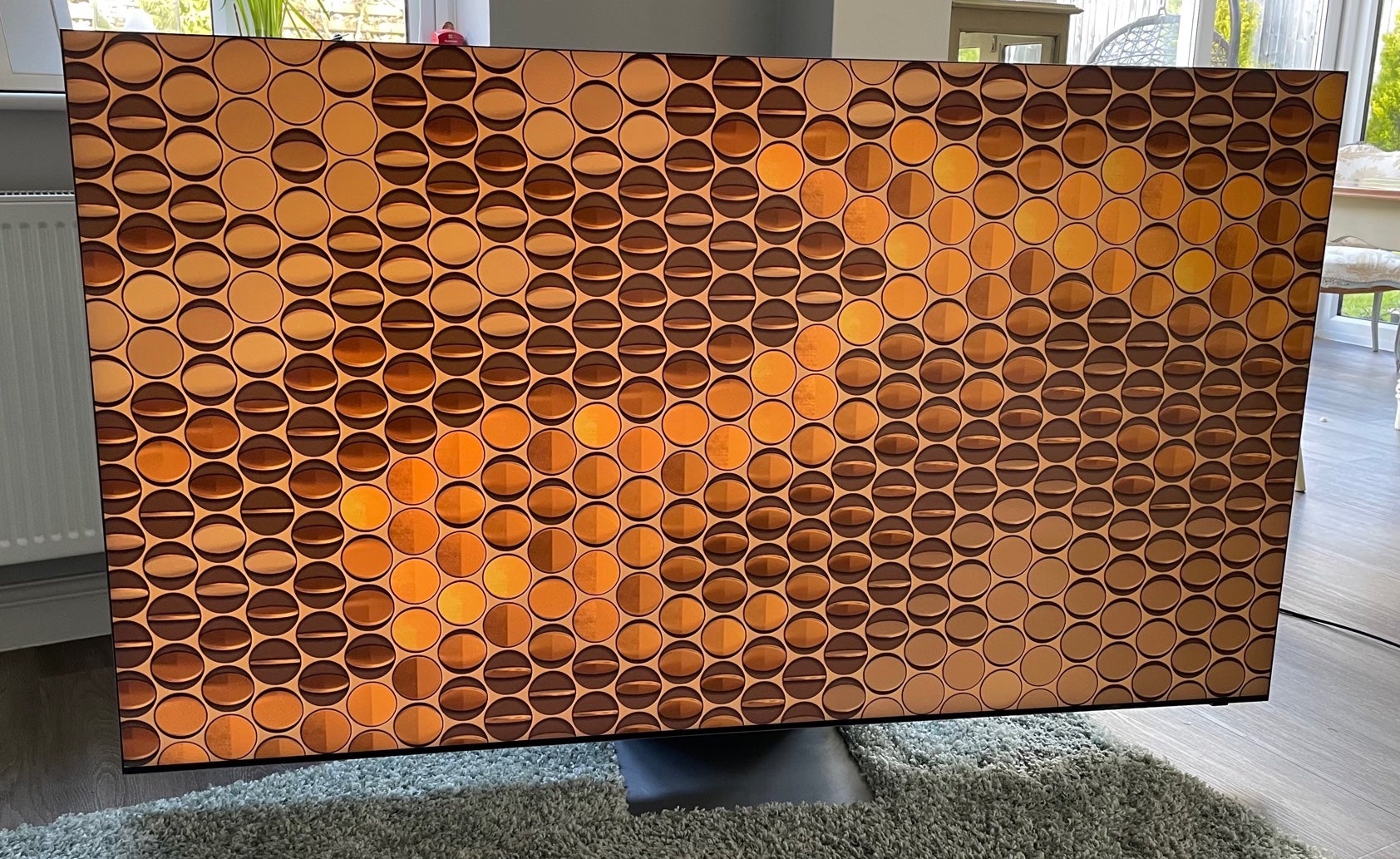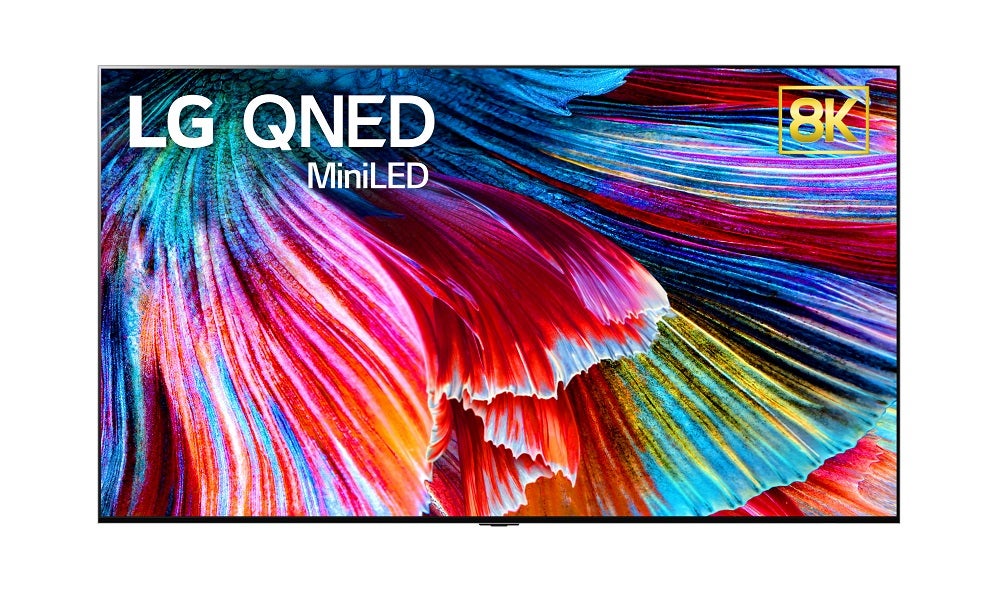Best Gaming TV 2023: The best TVs for gaming

Introduction
Gaming used to be an afterthought for TVs, but now there are features built around the needs of today’s gamer, and of course, if you’re into gaming, then you need to know which screen is best for your console or PC.
Acronyms such as ALLM, VRR, and 4K/120Hz have seeped into the gaming consciousness, and can be confusing to understand. That’s why we’re here to help steer you in the right direction with our informed opinions that can help you when you’re purchasing a new TV for gaming.
We review plenty of TVs each year, running tests over several days to gauge their performance and appraise their respective feature sets.
When it comes to gaming, we’ll measure the input lag, play around with the settings and partake in the odd gaming session to judge the TV’s performance. We’ll look at their compatibility with current-gen consoles, the range of features on offer, as well as consider picture and sound quality performance, which of course are the main reasons to buy any TV
If you’re not after a TV for gaming, we have a more general selection that covers a range of options from the best TVs, best OLED TVs, best cheap TVs and best 4K TVs.
Best gaming TVs at a glance
- Best small gaming TV: LG OLED42C2 – check price
- Best Samsung gaming TV: Samsung QE65QN85C – check price
- Best OLED TV for gaming: LG OLED65C2 – check price
- Best 8K TV for gaming: Samsung QE65QN900C – check price
- Best gaming TV for PS5: Sony A80L – check price
How we test
Every TV we review is put through the same set of tests to gauge its picture performance, usability, and smart features.
Tests are carried out over several days and are done by eye but supported with technical measurements. Testing by eye involves an expert watching a wide range of material to understand and determine a TV’s performance in fields such as brightness, contrast, motion processing, colour handling and screen uniformity.
We’ll consider the design of the TV in terms of build quality, study the spec sheets and see if the TV’s connections are up to spec, as well as playing video and audio content to ensure that the set handles playback as it claims. We also take note whether a product’s compatible formats and features are in line with industry trends or not to gauge whether it’s relevant for you.
Comparison to other related and similarly priced products is also important, to see if it’s missing any vital features and whether it impresses as a whole. After all this, we’ll come to a judgement on how the TV performs as a whole.
If you want to learn more, please visit our detailed page about how we test televisions.
 Best gaming OLED TV
Best gaming OLED TV
- Great 4K HDR performance
- Improved design
- Comprehensive gaming features
- Better motion skills
- More expensive than C1 initially was
- So-so Atmos sound
 Best small gaming TV
Best small gaming TV
- Natural-looking SDR and HDR images
- Excellent for gaming
- Small size
- Wide selection of apps
- Currently cheaper than other 42-inch OLEDs
- Rivals arguably offer upgraded picture quality
- Doesn’t comfortably accommodate a soundbar
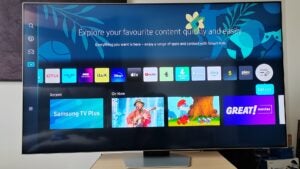 Best Samsung Gaming TV
Best Samsung Gaming TV
- Mini LED backlight
- 4K 120Hz support
- OTS sound system
- No Dolby Vision
- Intelligent Mode has issues
 Best Sony TV for the PS5
Best Sony TV for the PS5
- Nuanced, natural picture performance
- Slick Google TV user experience
- Accommodating design
- Good sound for a TV
- Competitively priced
- Gaming best suited to PS5 owners
- Not as bright as rivals with HDR
 Best 8K gaming TV
Best 8K gaming TV
- Spectacularly bright, colourful pictures
- Gorgeous ‘Infinity’ design
- Outstanding LCD light control
- It’s expensive
- No Dolby Vision support
- But still some minor backlight issues
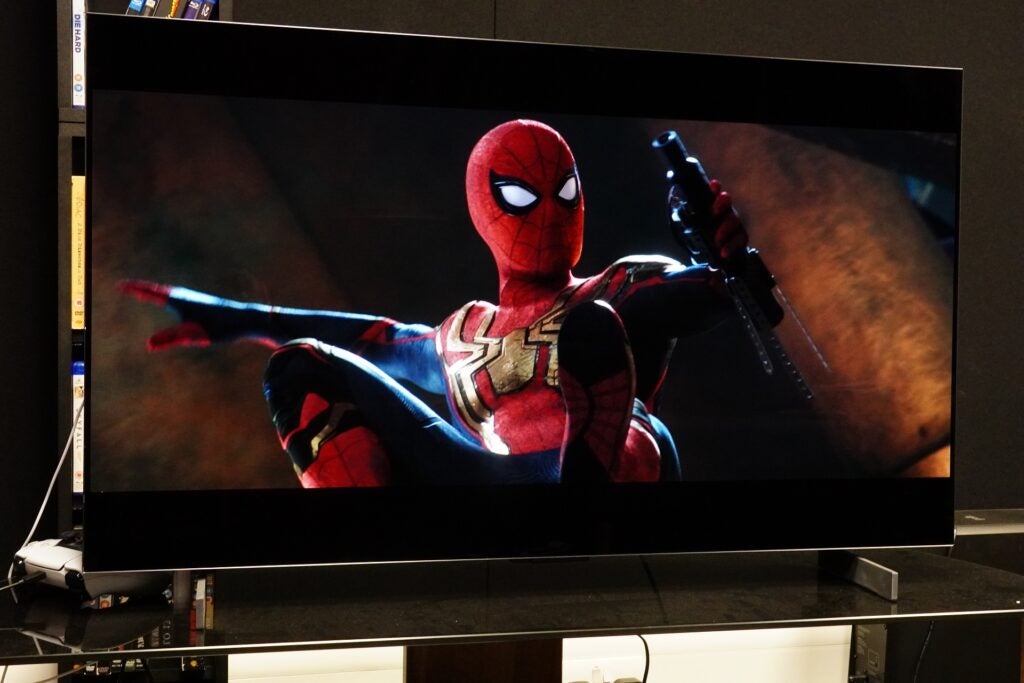
LG OLED42C2
Best small gaming TV
Pros
- Natural-looking SDR and HDR images
- Excellent for gaming
- Small size
- Wide selection of apps
- Currently cheaper than other 42-inch OLEDs
Cons
- Rivals arguably offer upgraded picture quality
- Doesn’t comfortably accommodate a soundbar
Modern TVs are ladled with helpful gaming features such as auto low latency mode, variable refresh rates and 4K/120Hz, and leading that charge is LG, its OLED42C2 is a OLED suited for smaller spaces and bedroom gaming.
It’s currently LG’s smallest OLED TV at 42-inches, which means it can double up as a gaming monitor as well as screen for watching films and TV. Auto low latency mode, variable refresh rates and 4K/120Hz are available across all the HDMI inputs, useful for those with multiple HDMI 2.1 sources and it also means you won’t have to worry about using up the eARC port, which passes through high quality audio to a connected soundbar.
Of the three 42-inch OLEDs we’ve tested, a list that includes the Panasonic LZ980 and Sony A90K, neither of those models match the LG for its connectivity of gaming features.
We measured latency at 12.9ms, which is not the fastest on the market but with HDMI VRR, Nvidia G-Sync and AMD FreeSync Premium Pro support, whether you’re a console or PC gamer, you can get even lower levels of lag for a faster, performance.
Features such as Game Optimiser adapt the TV’s performance for specific game genres. You can view the TV’s current performance in terms of frame rates and change aspects of the picture such as black levels to peak into the darker parts of the picture. If you ask us, that rather sounds like cheating…
We found picture quality to impress playing Gran Turismo 7 on the PS5. It’s a sharp, clear and detailed, with a peak brightness we measured of 699 nits on a 5% window, which is a very good HDR performance for a TV of this size. That level of luminance helped brighten the highlights, especially the decals of the cars and the glint of sunshine off their surfaces, as well as making for a bright picture performance in general. Unlike cheaper TVs, we didn’t find that switching to game mode doesn’t affect the colour performance in a negative way.
The OLED42C2 has support for Dolby Vision Gaming, which is of more use to Xbox Series gamers, and improves the HDR performance of compatible games, as well as offering a high performance with 4K/120Hz frame rates (where supported) and improved contrast.
We found it’s a decent-sounding TV, though we wouldn’t opt for the Game Optimiser sound mode. While it’s smoother than the sharp AI Sound Pro mode, it’s still a little too crisp when playing GT7, which made it hard to distinguish between the music, car engines and other effects. Standard mode is much smoother by comparison.
Reviewer: Kob Monney
Full Review: LG OLED42C2
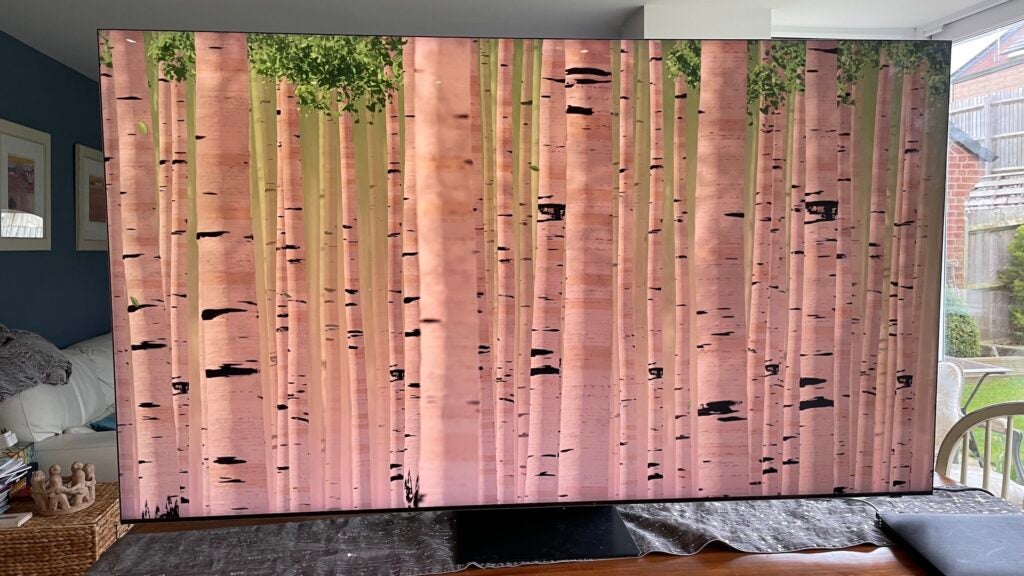
Samsung QE75QN900C
Best 8K gaming TV
Pros
- Spectacularly bright, colourful pictures
- Gorgeous ‘Infinity’ design
- Outstanding LCD light control
Cons
- It’s expensive
- No Dolby Vision support
- But still some minor backlight issues
This spot was originally occupied by the QN900A model, but as stock appears to run low and availability is limited, we’ve decided to put Samsung’s QE75QN900C as the best 8K TV for gaming.
You’ll still need to pay a fair amount for the privilege of an 8K TV, with current prices putting the QN900C at £5399 / $5499 but you do get outstanding gaming support.
We measured peak brightness up to 2260 nits on a 10% window, which is a good few hundred nits better than even the best OLED models for brightness such as the OLED65G3 can muster. We measured input lag at 10.5ms, which is slightly slower than Samsung’s 4K TVs, but you have to factor that the TV is also upscaling the image up to 8K resolution.
VRR, ALLM, 4K/120Hz are supported across all the HDMI inputs, with refresh rates up to 144Hz supported for PC gaming. Compatibility with AMD FreeSync VRR ensures a fast, responsive and improved picture performance with compatible games on a PC, while there’s uncertified Nvidia G-Sync gaming possible too.
Other gaming related functions include Game Bar, that gives users quick access to settings at the bottom of the screen. Game Motion Plus improves image quality at a hit to latency while PC gamers get features in the Super UltraWide Game View mode that widens games to a 21:9 or 32:9 aspect ratio that mirrors the type of performance you get from Samsung’s curved Odyssey Neo screens.
We found the picture performance to rival that of OLED in terms of deep, rich blacks. The brightness of the panel also allows for colourful, and wide-ranging HDR colours. The backlight isn’t perfect, there are still instances of blooming and haloing, but they are reduced compared to previous generations.
The OTS sound system offers a wide soundstage with impressively accurate positioning of sounds. Voices are clear, soundtracks come across as balanced and detailed, and it plays nicely with Dolby Atmos too.
Reviewer: John Archer
Full Review: Samsung QE75QN900C
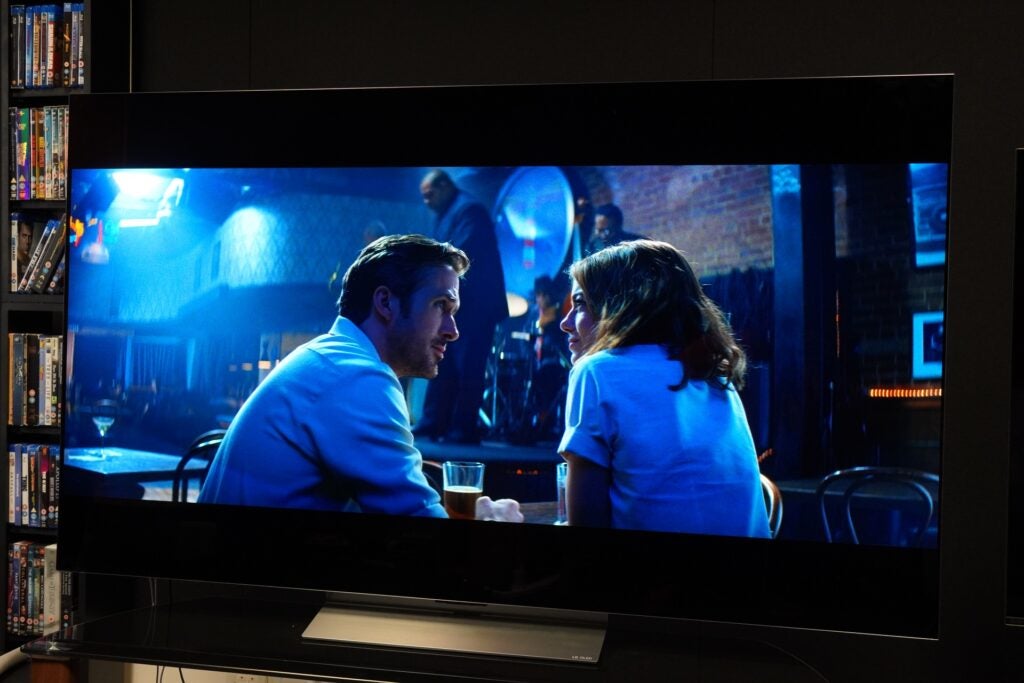
LG OLED65C2
Best gaming OLED TV
Pros
- Great 4K HDR performance
- Improved design
- Comprehensive gaming features
- Better motion skills
Cons
- More expensive than C1 initially was
- So-so Atmos sound
LG’s C-Series OLED TVs are some of the best gaming TVs, and the OLED65C2 is one of its best.
Its HDMI 2.1 support allows it to output at a full 4K/120Hz with compatible games on the PS5 and Xbox Series X. The C2 features creature comforts such as VRR (AMD FreeSync Premium and Nvidia G-Sync) and ALLM and in terms of input lag, we measured latency at 12.9ms.
The OLED65C2 also features excellent picture quality thanks to its OLED Evo panel that produces classy colours, strong contrast and perfect blacks that only an OLED can. Features such as Dolby Vision Gaming help to increase detail in the brightest and darkest parts of the image for a more revealing picture.
The Game Optimiser menu customises the LG C2’s performance for whatever game you’re playing, whether it’s adjusting the latency or changing in-game brightness levels. The LG OLED65C2 also supports game streaming services such as Nvidia’s GeForce Now and Utomik, so you don’t even need a console or PC as long as you’re willing to pay a subscription fee.
When it comes to speakers, the OLED65C2 features some crisp and clear audio, complete with spacious Dolby Atmos for extra immersion, which will be of major importance for games for an increasingly cinematic experience. At times, we felt the audio lacked heft and power, so we’d suggest getting a separate dedicated audio unit. The OLED65C3 is available but we don’t feel it’s a big enough update over the C2. If we had to choose between the two, we’d stick with the OLED65C2 model.
Reviewer: Kob Monney
Full Review: LG OLED65C2
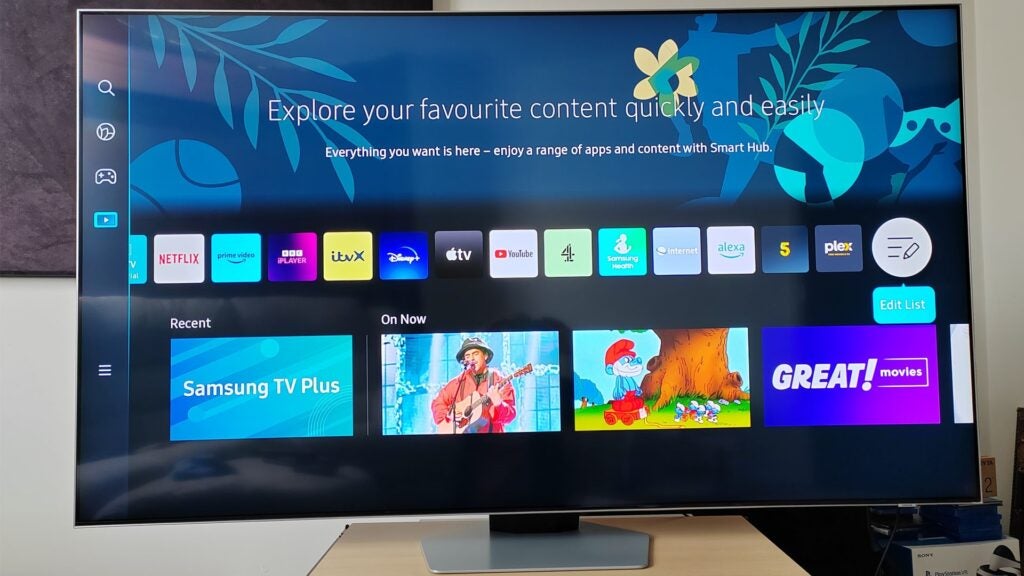
Samsung QE65QN85C
Best Samsung Gaming 4K TV
Pros
- Mini LED backlight
- 4K 120Hz support
- OTS sound system
Cons
- No Dolby Vision
- Intelligent Mode has issues
The Samsung QN85C has dropped considerably since we first reviewed it with several hundred pounds/dollars chalked off the asking price to bring to its current price of £1599 / $1599. That’s an excellent deal for a TV of its capabilities.
It is the entry-level Neo QLED model in the 2023 TV range, and we don’t feel it sacrifices much in terms of performance to earn that status. It features a dedicated Game Hub that comes with cloud gaming options such as Xbox Game Pass and Utomik, and there’s also a Game bar that overlays on the screen to show the user all the vital info such as input lag, VRR performance and HDR.
We measured input lag at an impressive 9.4ms at 1080p resolution, which is one of the best out-of-the-box performances you can get. For a smoother picture, Game Motion Plus can be activated but we found input lag reduced to 25ms
HDMI 2.1 is supported across all the QN85C’s inputs with support for ALLM, VRR, and 4K/120Hz frame rates to get a top-tier performance from current-gen gaming consoles. There’s official support for AMD’s FreeSync Premium Pro VRR technology and uncredited support for Nvidia G-Sync to get the best performance from PC gaming titles.
We found the QN85C really impressed as a gaming display. Our reviewer measured brightness at 1096 nits on a 10% window, which is more than enough to produce a bright, punchy, and colourful performance with the right settings. Playing Overwatch in 4K 120fps was a smooth and detailed performance, though we found you’ll need to manually activate HDR in the Game Picture Expert menu, setting Game HDR to on, and Basic. We found that when left off, the average picture level was overly bright.
We also found the audio quality to be extremely good for a flatscreen TV, painting a large soundstage and a good deal of panning across the front of the soundstage. We’d recommend giving the AI sound mode a pass as it can sound strident.
Reviewer: Steve May
Full review: Samsung QE65QN85C

Sony XR-55A80L
Best gaming TV for PS5
Pros
- Nuanced, natural picture performance
- Slick Google TV user experience
- Accommodating design
- Good sound for a TV
- Competitively priced
Cons
- Gaming best suited to PS5 owners
- Not as bright as rivals with HDR
If you’re gaming on a PS5, Sony’s own Bravia TVs serve as offering the best integration in terms of performance with a number of features that are exclusive to the TVs.
And of the 2023 range of TVs, the A80L is the TV we’d currently recommend as the best option for PS5 owners. Those ‘exclusive’ features aren’t necessarily any different from what you’d find on other TVs, though. Auto Genre Picture mode is essentially ALLM, to automatically switch the TV in and out of its game-ready state so the A80L isn’t stuck in game mode all the time.
Auto HDR Tone Mapping enhances the HDR performance of the A80L’s screen for best brightness and contrast. Dolby Vision Gaming is not supported either by the PS5 or the A80L but 4K/120Hz and variable refresh rates (VRR) are, and they’re available across two HDMI 2.1 inputs (one of which is shared with the eARC port). We measured input lag at 16.4ms before VRR is applied, which is solid, but TVs such as the LG C2 can achieve a quicker performance out of the box.
The Sony A80L is short of other gaming features for PC gamers, so it’s not as versatile as the LG is. It also pitches itself as more of a home cinema telly, so once you’re done playing games on the PS5, you can enjoy the impressive picture and sound quality. While it’s not as bright as the LG C-series OLED, we found it to be a much more nuanced, and balanced image that produces a very natural look. Upscaling is also of very high quality, boosting detail and clarity while preserving the look of the source. Motion processing is excellent, smooth and with very few noted issues such as judder.
The sound quality is punchy, dynamic, and loud; good enough that we wouldn’t rush out for a new soundbar, though if you did, the likes of the HT-A5000 would be a good partner (if you have space for it).
Reviewer: Kob Monney
Full Review: Sony A80L
FAQs
LG’s OLEDs are the official choice for Xbox consoles. LG’s OLEDs also support Dolby Vision, but we’re still waiting to hear whether the TVs will be able to support Dolby Vision for gaming at 4K/120. If so, then they’d be an even greater partner for the Series X.
At the moment the best gaming TV comes down to a choice between LG and Samsung. The LG C2 have complete VRR support (Nvidia & AMD), plus 4K/120Hz and Dolby Vision Gaming for improved picture performance.


